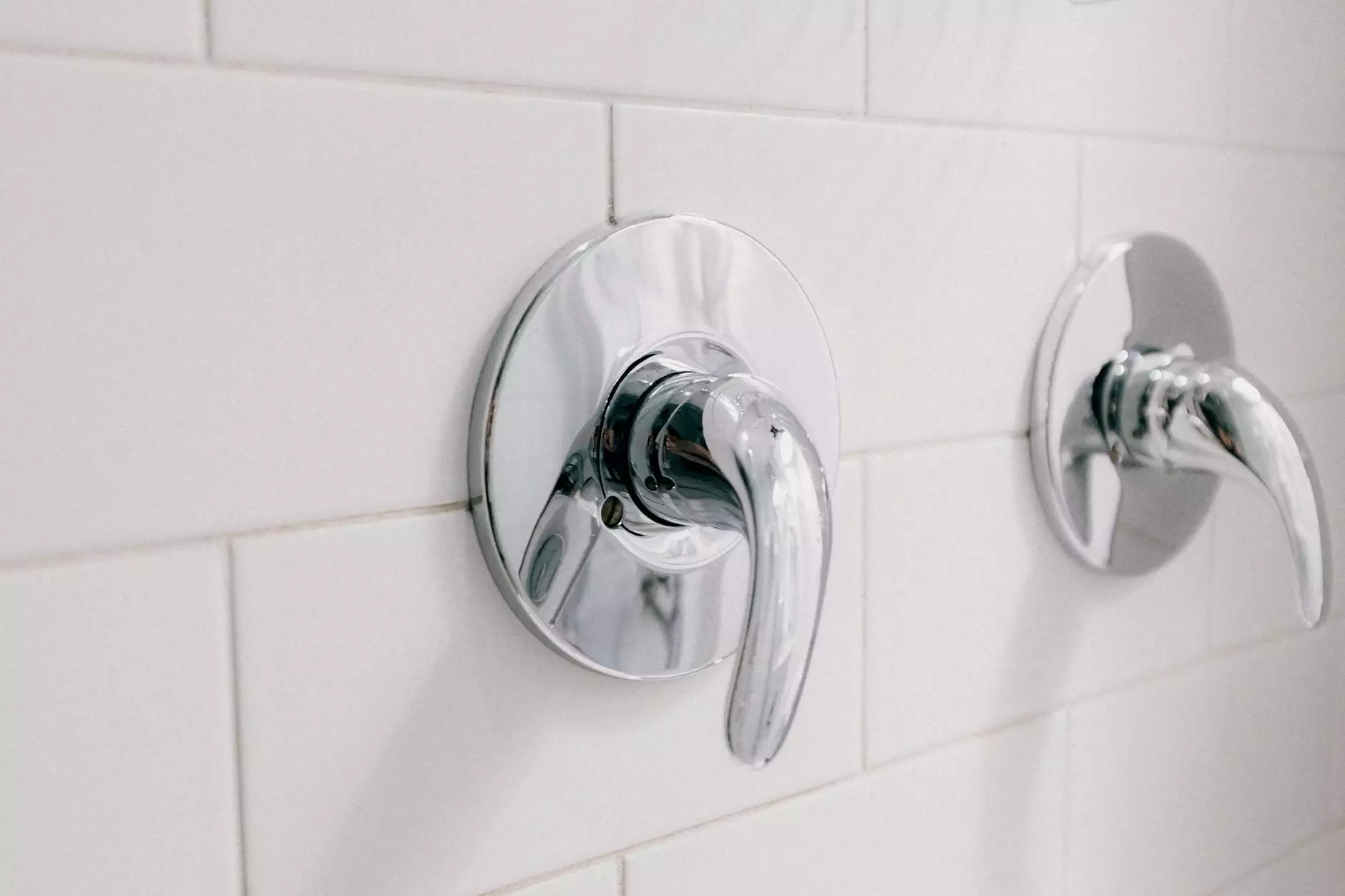Choosing the Right Rhinoplasty Surgeon: A Comprehensive Guide

Rhinoplasty, commonly known as a nose job, is a remarkable procedure that can transform the appearance and function of your nose. For many, it represents an opportunity for profound change, both physically and emotionally. Finding a qualified rhinoplasty surgeon is crucial for ensuring a successful outcome. In this guide, we'll explore the significance of choosing the right surgeon, the intricacies of the procedure, and vital tips for your journey.
What is Rhinoplasty?
Rhinoplasty is a surgical procedure designed to alter the shape, size, or proportions of the nose. It can be performed for various reasons, including:
- Cosmetic enhancements: Improving aesthetics to achieve facial harmony.
- Functional improvements: Correcting breathing issues or nasal deformities.
- Injury corrections: Restoring the nose after trauma or accidents.
The Importance of Choosing the Right Rhinoplasty Surgeon
The choice of rhinoplasty surgeon can significantly influence the final results of your surgery. A skilled surgeon will not only possess technical expertise but also a deep understanding of facial aesthetics. Here are some critical considerations:
1. Qualifications and Credentials
Always check the surgeon's qualifications. Ensure that they are board-certified in plastic or facial plastic surgery. This certification indicates that they have completed extensive training and adhere to strict ethical guidelines. Look for additional training related specifically to rhinoplasty.
2. Experience Matters
Experience is key in achieving desirable results. Surgeons who have performed numerous rhinoplasty procedures have refined their skills and can better navigate complex cases. It's wise to ask how many rhinoplasties the surgeon has completed and to review their before-and-after photos to assess their work.
3. Hospital Affiliation
Ensure that your surgeon is affiliated with a reputable hospital or surgical center. Facilities with accreditation imply adherence to high standards of care, patient safety, and cleanliness.
4. Personal Rapport
Building a relationship of trust with your surgeon is vital. During the initial consultation, assess whether you feel comfortable discussing your concerns and desires. A good surgeon should listen attentively and provide clear answers to your questions.
Understanding the Rhinoplasty Procedure
The rhinoplasty procedure typically involves several steps:
1. Consultation
The journey begins with an in-depth consultation. The rhinoplasty surgeon will evaluate the structure of your nose, discuss your aesthetic goals, and assess any functional issues. This is also the time to make sure all your concerns are addressed. A thorough plan will be developed based on this assessment.
2. Anesthesia
Rhinoplasty can be performed under local or general anesthesia depending on the complexity and length of the procedure. Your surgeon will advise the best option suited for your case.
3. The Surgical Procedure
The actual surgery can be conducted using two primary techniques:
- Open Rhinoplasty: This method involves an incision on the columella (the tissue between the nostrils), allowing the surgeon to have greater access to the nasal structures.
- Closed Rhinoplasty: All incisions are made inside the nostrils, leaving no visible scars. This technique is preferred for less extensive reshaping.
4. Recovery
Post-surgery recovery varies from person to person. It's essential to follow your surgeon's aftercare instructions, which may include:
- Limiting physical activities for at least a few weeks.
- Applying cold compresses to reduce swelling.
- Keeping the head elevated during sleep.
Most patients can return to their normal routines within a week, but complete healing may take several months.
Risks Associated with Rhinoplasty
Like any surgical procedure, rhinoplasty carries potential risks. Understanding these risks allows you to make an informed decision:
- Asymmetry: After surgery, it’s possible for the nose to appear asymmetrical.
- Scarring: While scars are usually minimal, they may vary based on the surgical technique.
- Breathing difficulties: Some patients may experience breathing problems post-surgery, which could require revision surgery.
- Infection: As with any surgical procedures, there is always a risk of infection.
Discuss potential risks and complications with your chosen rhinoplasty surgeon to understand how they will be managed.
Embracing the Transformation
Choosing rhinoplasty is a significant personal decision. It’s not just about altering your appearance; it’s about enhancing your self-esteem and overall quality of life. Many patients experience increased confidence and satisfaction after the procedure, positively impacting their social and personal interactions.
Conclusion
Selecting the right rhinoplasty surgeon is pivotal to achieving the nose and aesthetic results you desire. Take the time to research potential surgeons, understand the intricacies of the procedure, and prepare yourself for the transformative journey ahead. With the right preparation and a skilled surgeon, rhinoplasty can be a life-changing experience that enhances both your appearance and confidence.
For those considering rhinoplasty, we at Antalya Health emphasize prioritizing health and aesthetics. Connect with us to learn more about our expert surgeons and comprehensive services.



